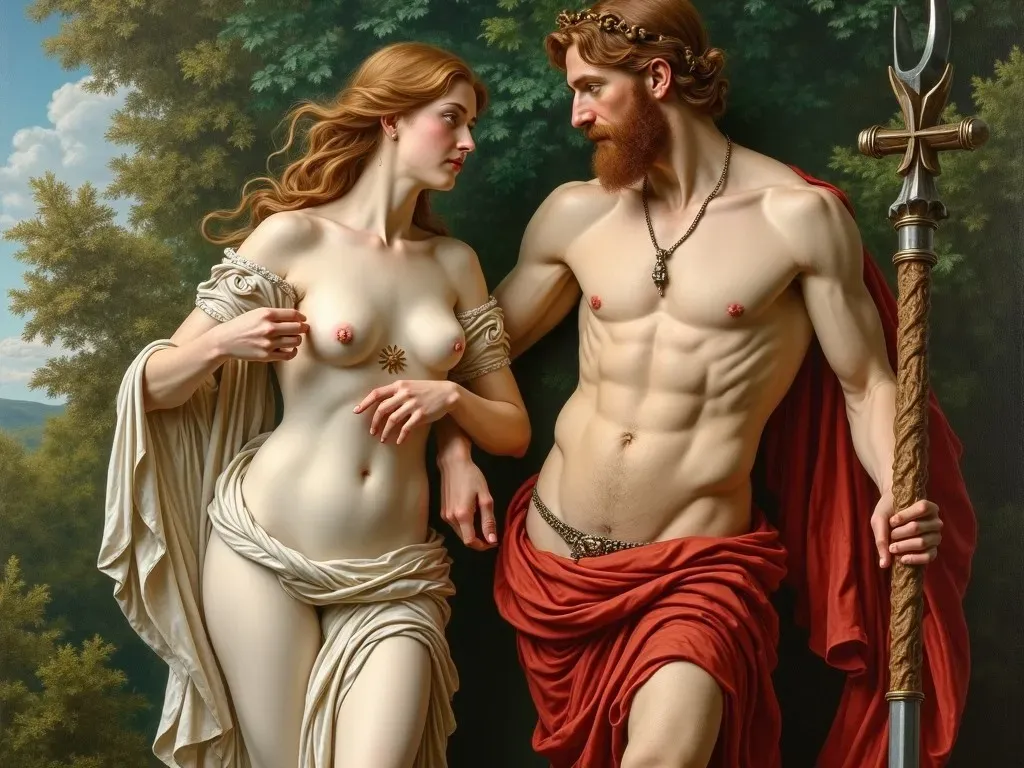The National Gallery in London is home to a treasure trove of art, featuring over 2,300 masterpieces from the late medieval to the early 20th century. It stands as a central hub for art lovers, offering a unique glimpse into the history and evolution of Western European painting.
The History of the National Gallery
Founded in 1824, the National Gallery began with merely 36 paintings acquired by the British Government and has since matured into a critical repository of visual art. Situated on Trafalgar Square, this gallery has become a symbol of artistic heritage, featuring works from renowned artists, such as Titian, Van Gogh, and Botticelli, among others.
| Foundation Year | Initial Paintings | Current Collection | Location |
|---|---|---|---|
| 1824 | 36 | 2,300+ | Trafalgar Square, London |
Must-See Masterpieces
The National Gallery offers visitors a selection of must-see highlights that encapsulate the essence of its collection. Here is a closer look at some top paintings you cannot miss:
-
Bacchus and Ariadne by Titian
- Date: 1522-1523
- This captivating work illustrates the story of Ariadne, abandoned on the island of Naxos, and the god Bacchus offering her a new life.
-
The Arnolfini Portrait by Jan van Eyck
- Date: 1434
- A masterpiece of early Netherlandish painting, this portrait has fascinated art historians and the public alike for centuries due to its complex iconography.
-
The Fighting Temeraire by J.M.W. Turner
- Date: 1839
- Celebrated for its poignant commentary on the transition from sail to steam, Turner’s painting evokes themes of nostalgia and change.
-
Sunflowers by Vincent van Gogh
- Date: 1888
- A vibrant representation of a bouquet, this work showcases Van Gogh’s unique brushwork and use of color, capturing the beauty of nature.
-
Venus and Mars by Sandro Botticelli
- Date: 1485
- This allegorical painting features the goddess of love, Venus, and the god of war, Mars, hinting at the complexities between love and conflict.
The Layout of Art Sections
Navigating the National Gallery can be an overwhelming experience due to the sheer volume of artwork. To facilitate exploration, the gallery is divided into distinct sections based on periods and styles, including:
- The Early Renaissance: Exhibit featuring works from the 13th to 15th centuries.
- The High Renaissance: Location of both Michelangelo’s and Raphael’s works.
- The Baroque Era: Showcasing dramatic and emotive paintings from artists like Caravaggio.
- The 18th Century to Impressionism: A section dedicated to the evolution of styles leading to modern art.
Facts & Figures About the National Gallery
| Fact | Details |
|---|---|
| Number of Paintings | Over 2,300 |
| Number of Artists | Over 600 |
| Visitor Count (Annual) | Approximately 6 million |
| Free Admission | Yes |
Engaging with Art: Visitor Activities
The National Gallery not only serves as a home for masterpieces but also engages visitors through various activities and programs. These include:
Guided Tours
Guided tours provide in-depth insight into selected artworks, helping visitors appreciate the historical context.
Workshops
Art enthusiasts can participate in creative workshops that delve into painting Techniques used by the masters featured in the gallery.
Family Activities
Special programs tailored for young visitors aim to make art accessible and enjoyable, fostering a love for art from an early age.
Special Exhibitions
The National Gallery frequently hosts special exhibitions, bringing together artworks from its collection and international loans for a limited time.
FAQs
What is the National Gallery’s most famous painting?
The most famous painting is often cited as "The Fighting Temeraire" by J.M.W. Turner, a symbol of British cultural identity.
How can we access the National Gallery?
The gallery is easily accessible via public transport, located in central London near several bus and tube stations.
Is there an admission fee?
Entry to the National Gallery is free, although some special exhibitions may require a ticket.
Can I take photographs in the National Gallery?
Photography without flash is generally allowed; however, specific exhibitions may have restrictions.
Are there any dining options inside the National Gallery?
Yes, the gallery features cafes and restaurants, providing visitors with a place to relax and enjoy refreshments.
Navigating the Gallery: Tips for a Great Experience
To make the most of your visit, consider these tips:
- Plan Your Visit: Decide in advance which sections you want to focus on to avoid feeling overwhelmed.
- Arrive Early: The gallery can become crowded, especially on weekends; arriving early allows for a quieter experience.
- Use the Gallery App: Download the National Gallery app for guided tours, maps, and information on specific artworks.
- Attend a Talk: Check the gallery’s schedule for talks by curators or art historians for deeper insights.
Links for Further Exploration
For those interested in exploring more about the National Gallery and its collection, visit the official website: National Gallery Collection Highlights.
The National Gallery offers an experience that transcends time, inviting visitors to engage with some of the greatest works of art ever created. With its rich history, stunning collection, and vibrant programming, it’s a place where art and history come alive.
